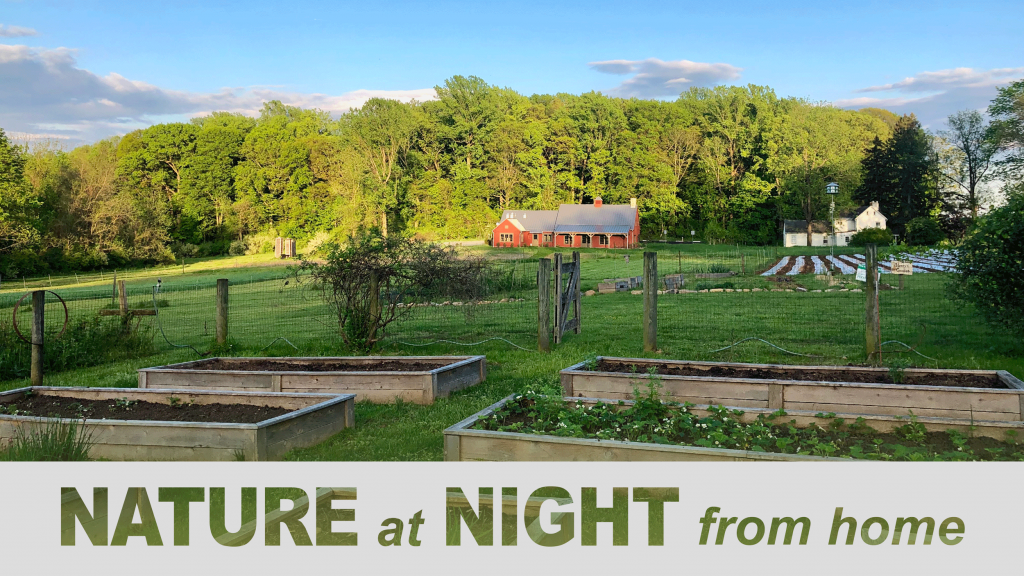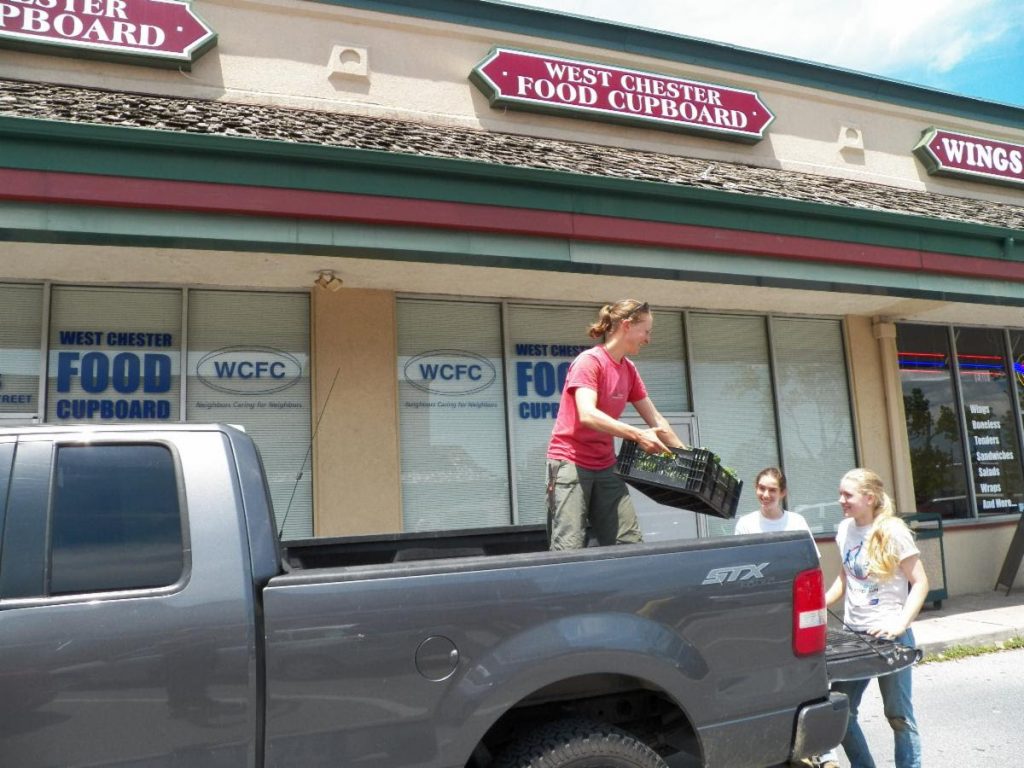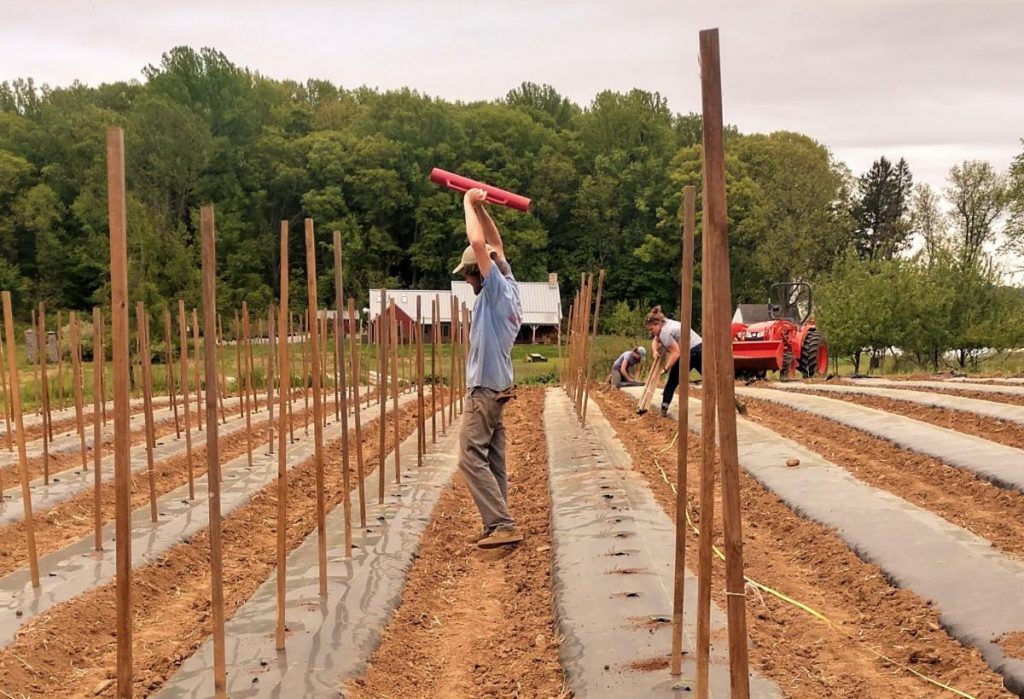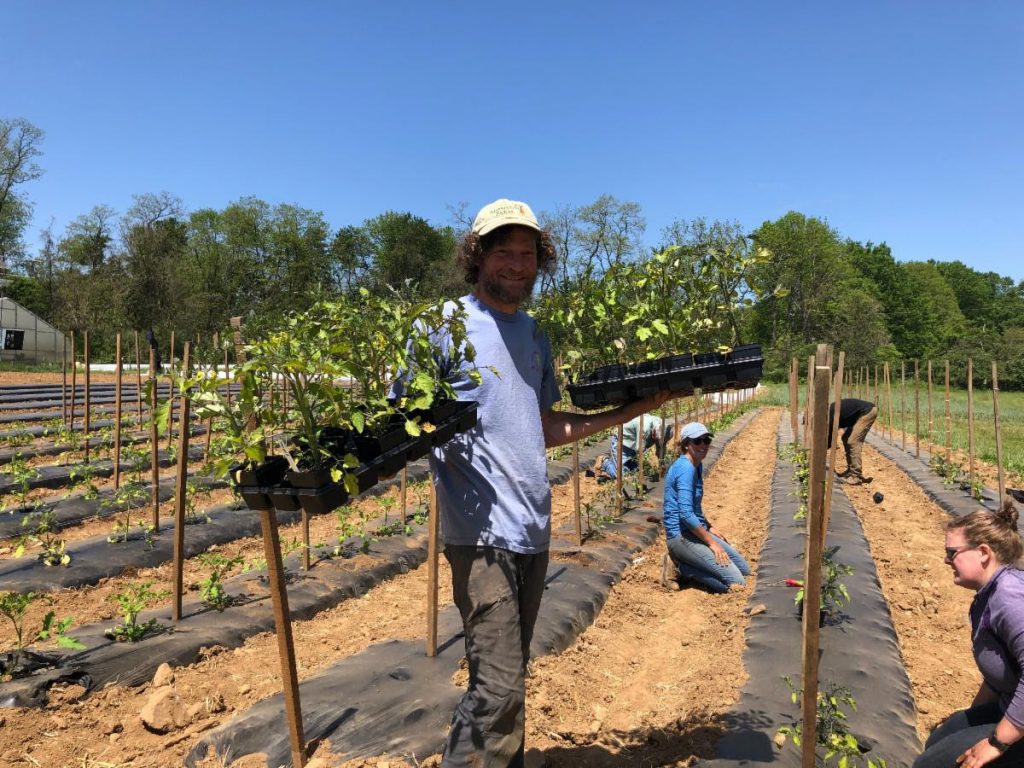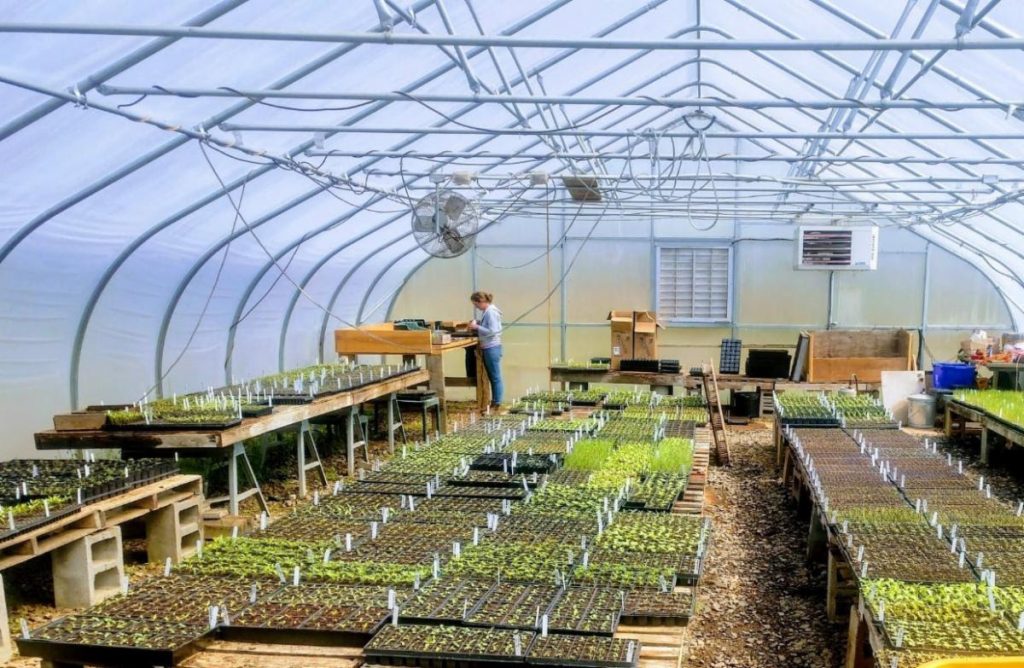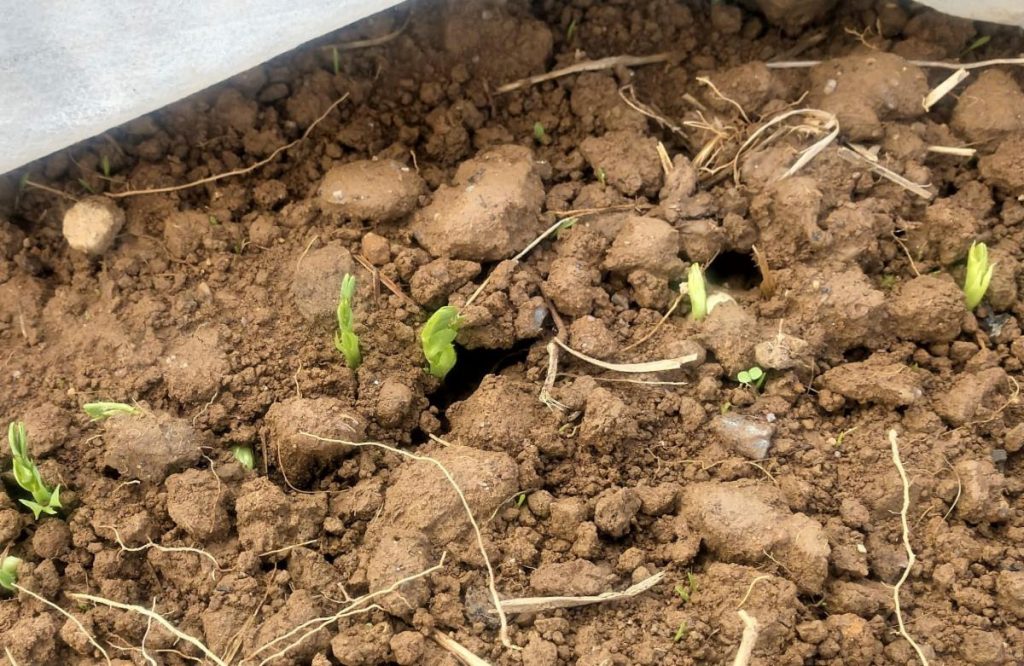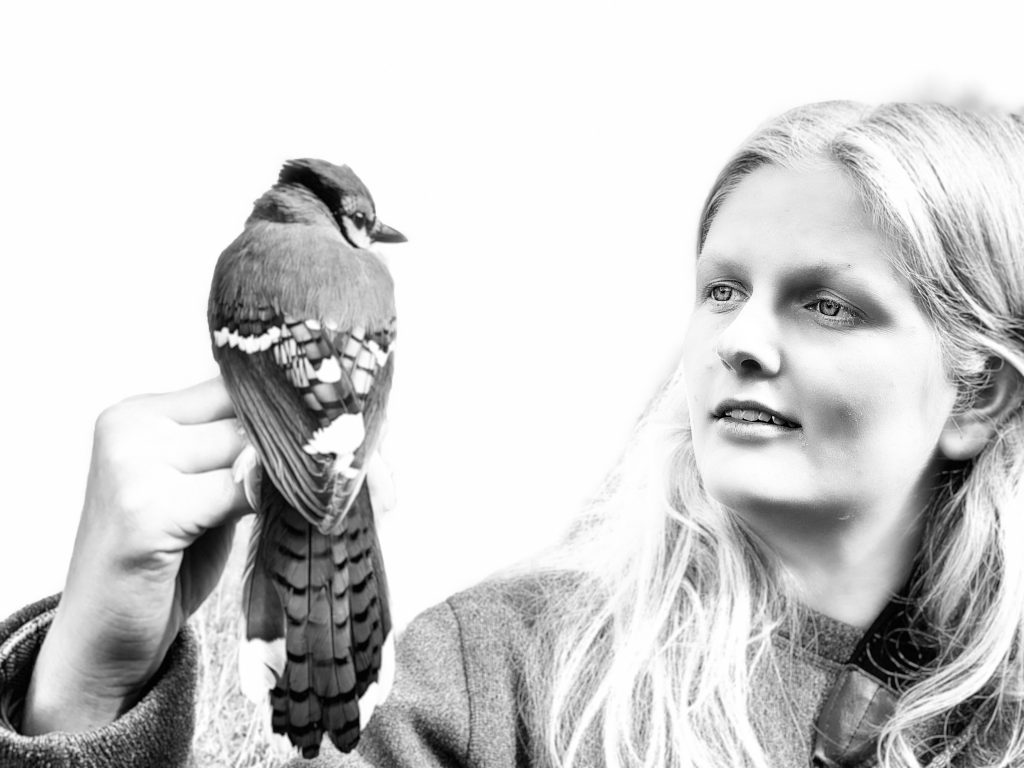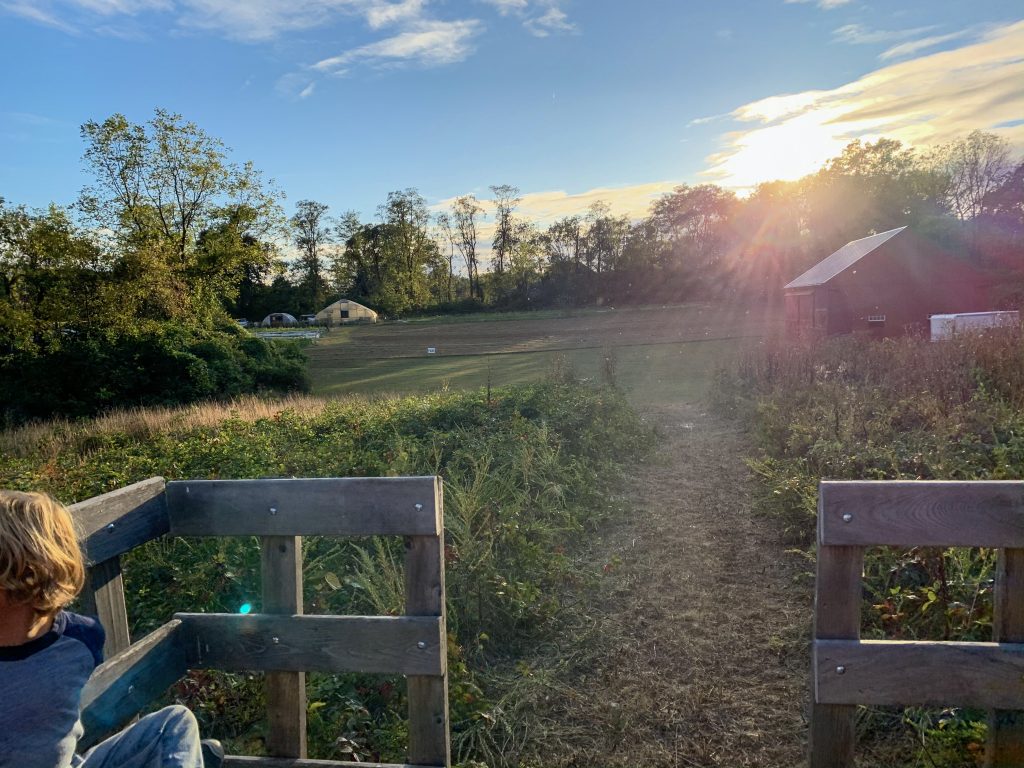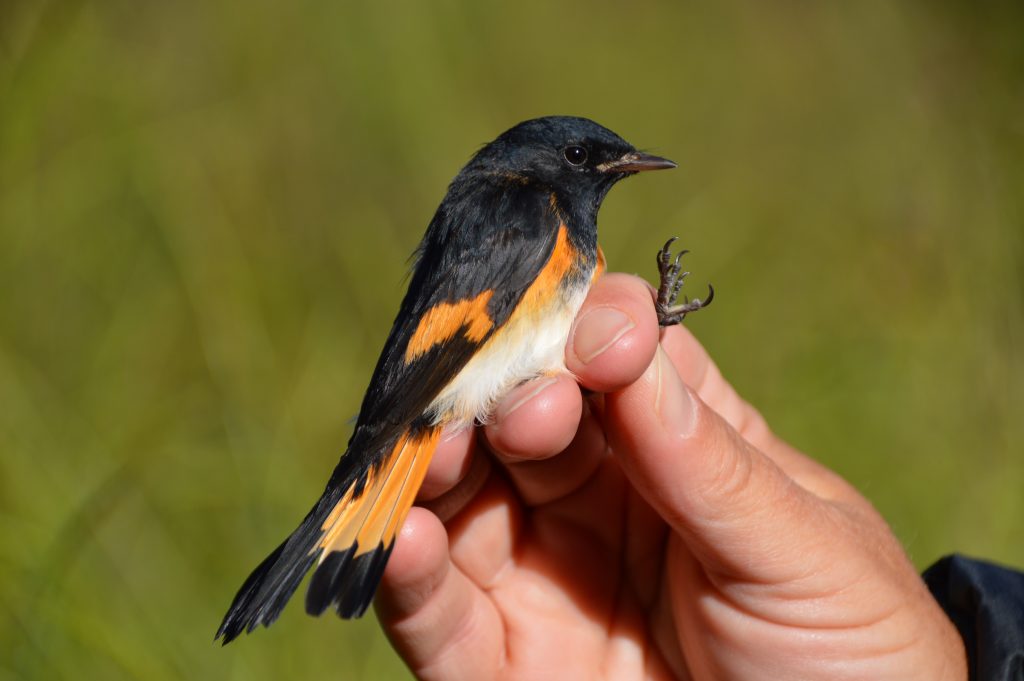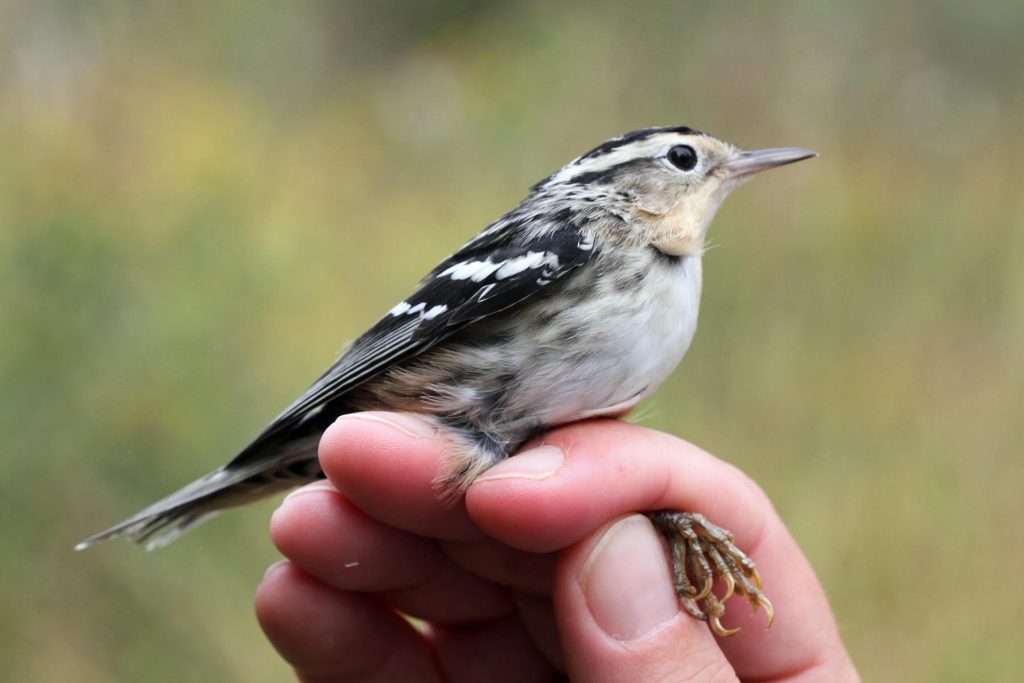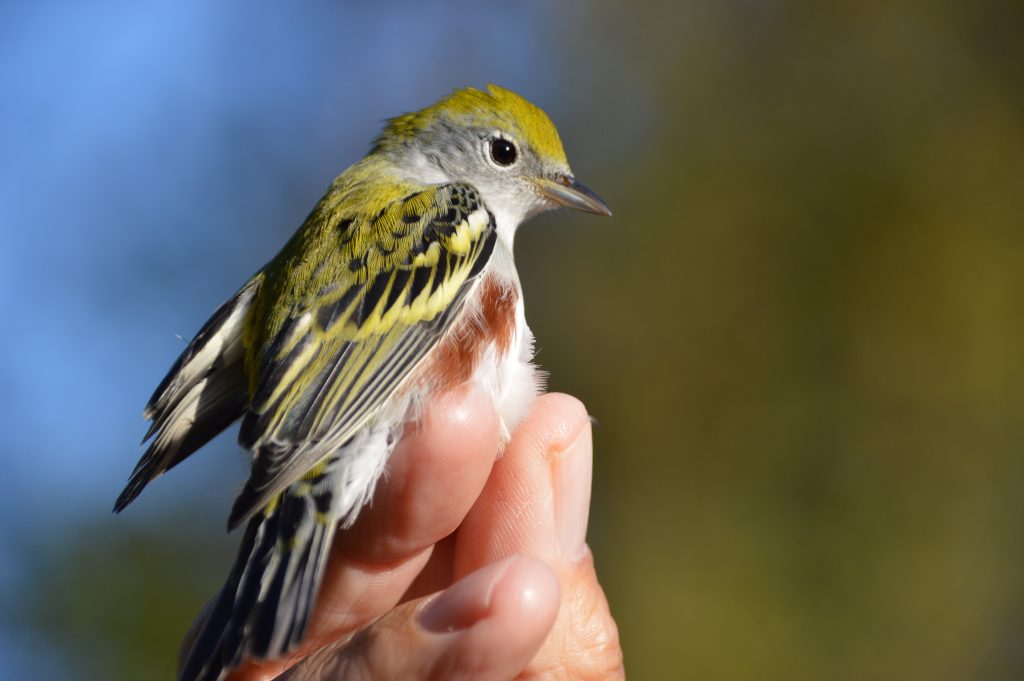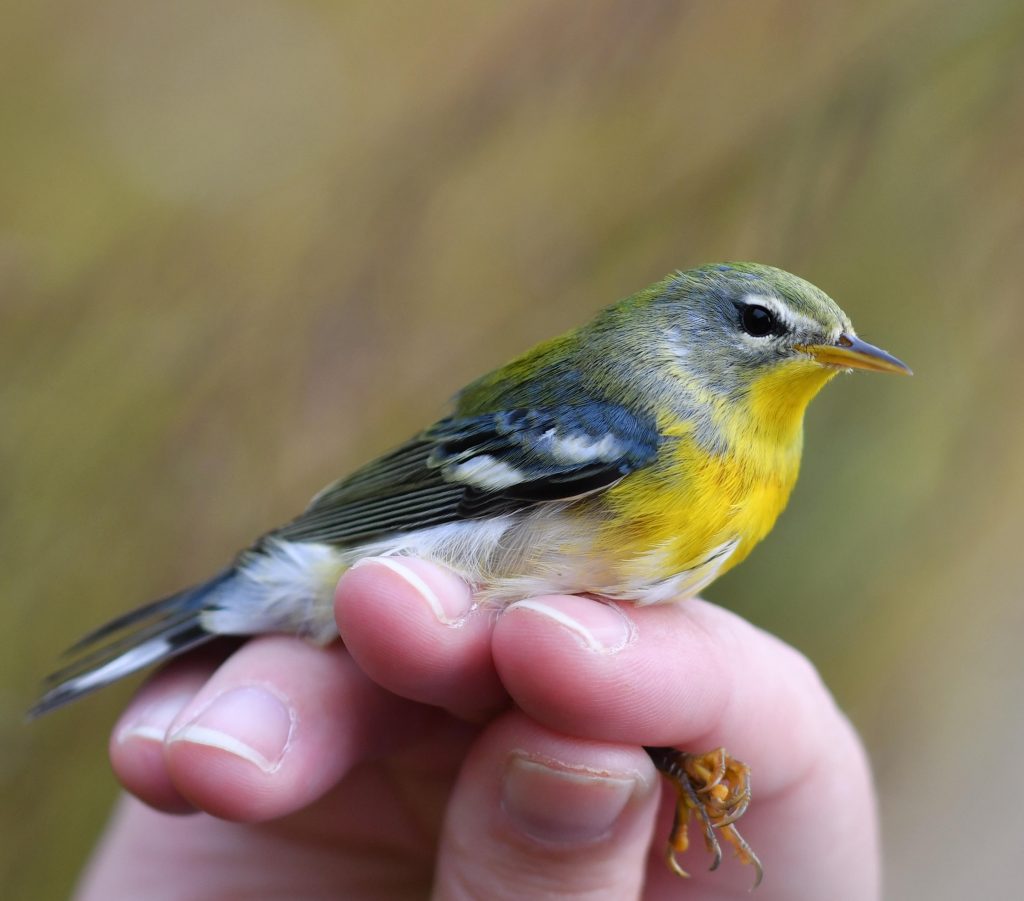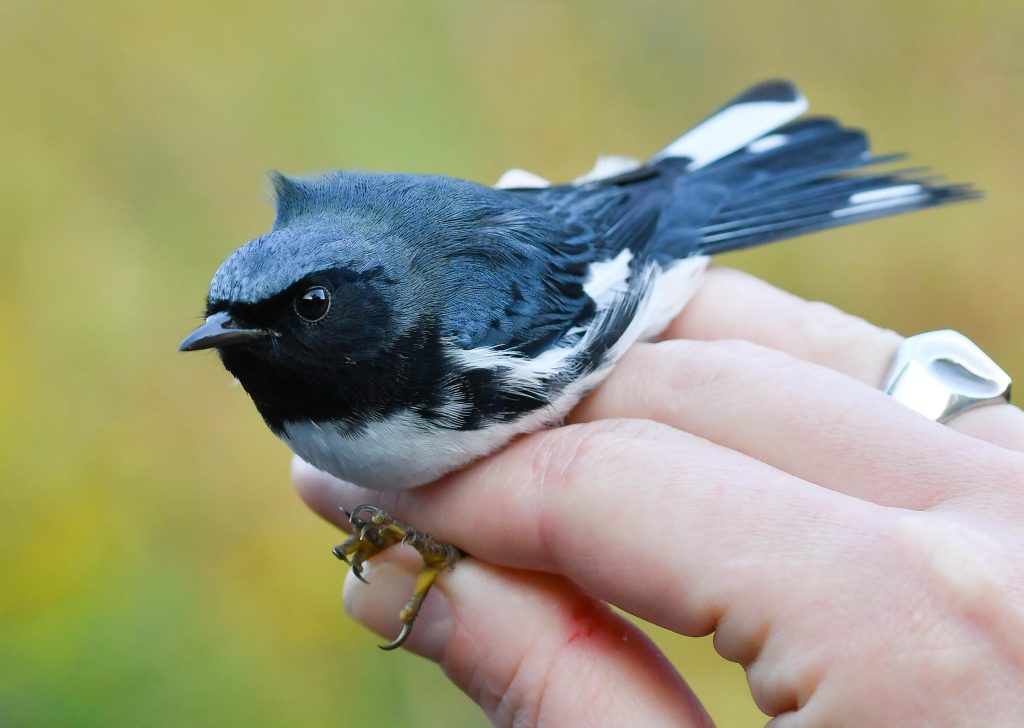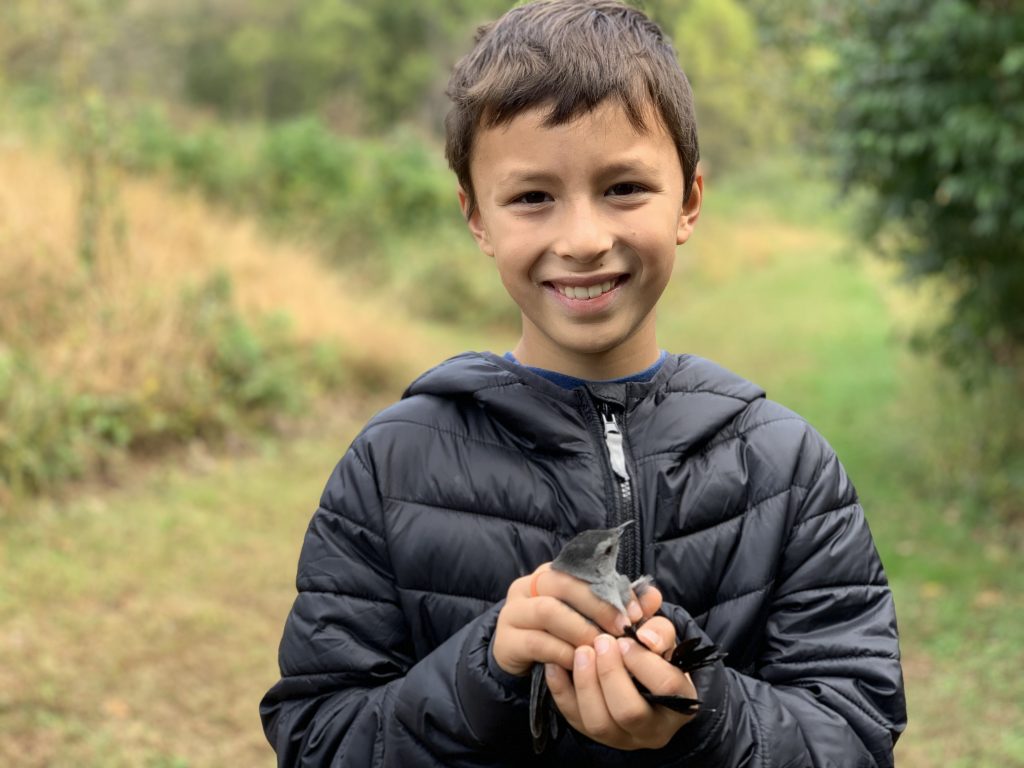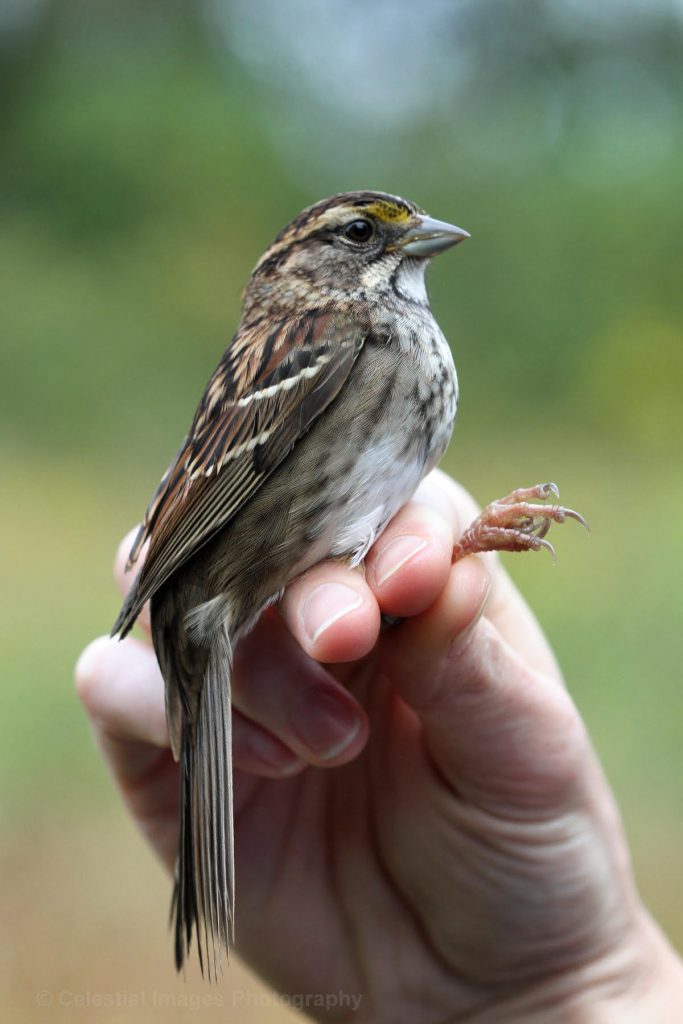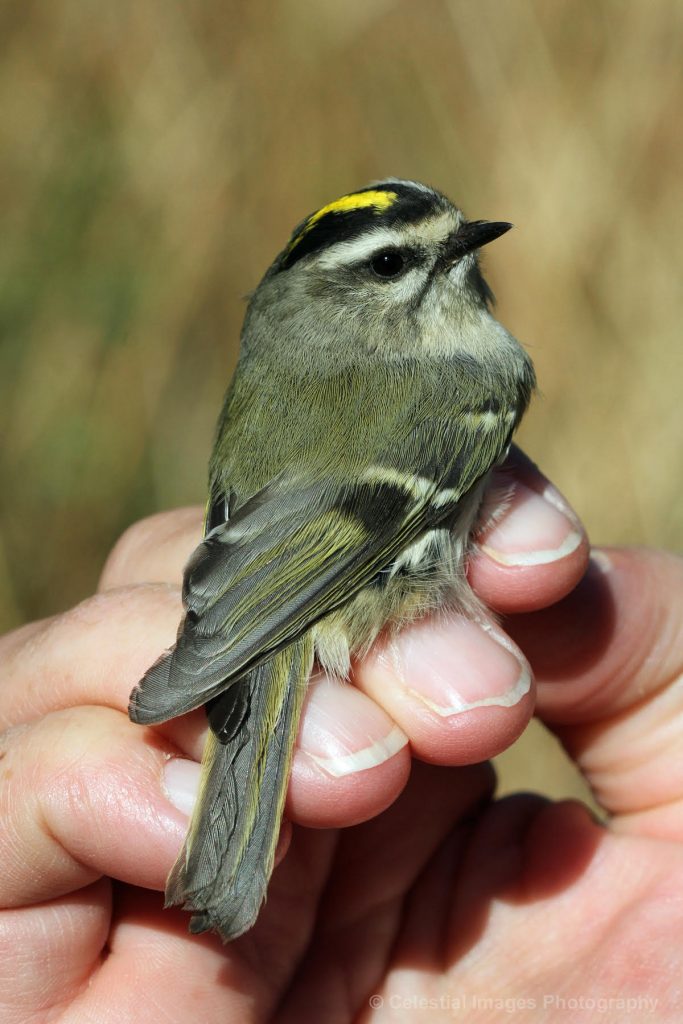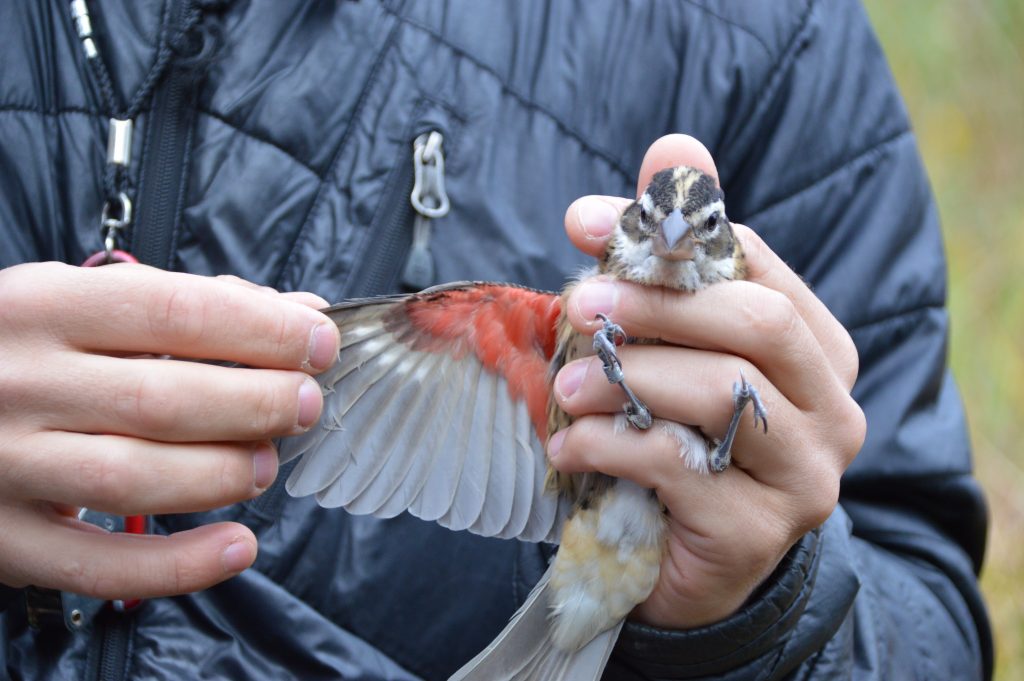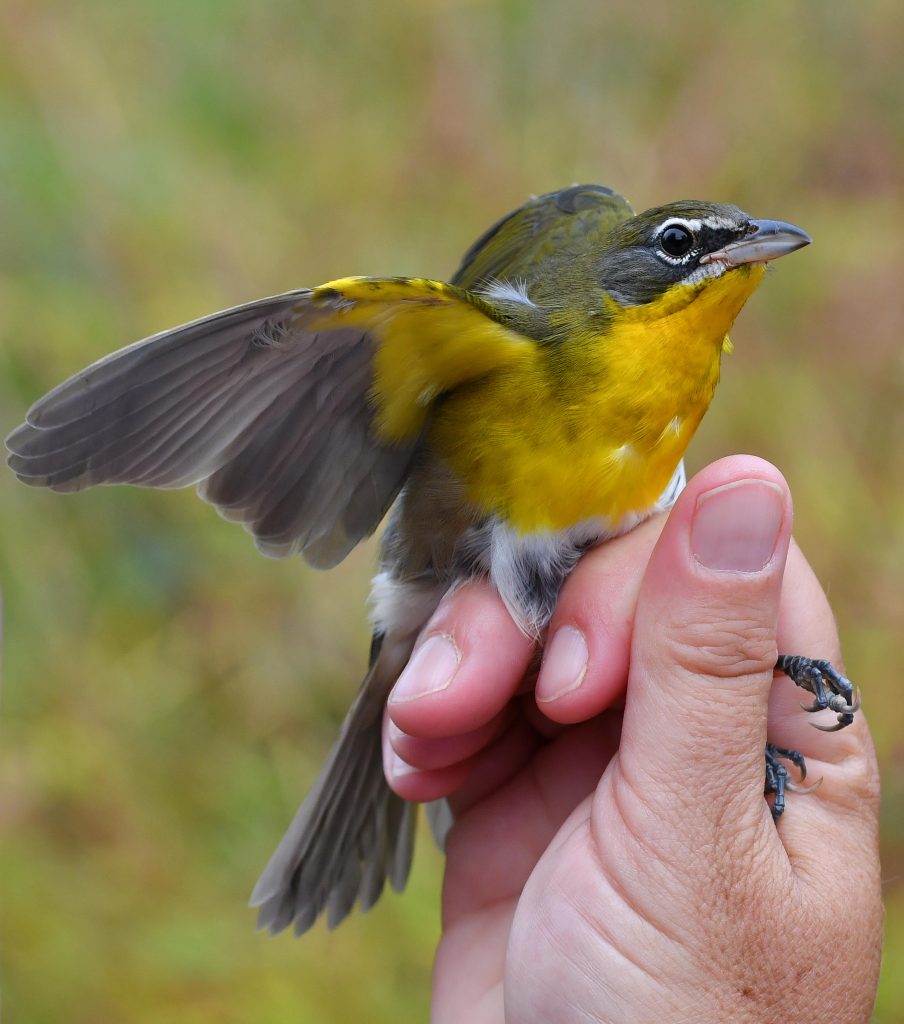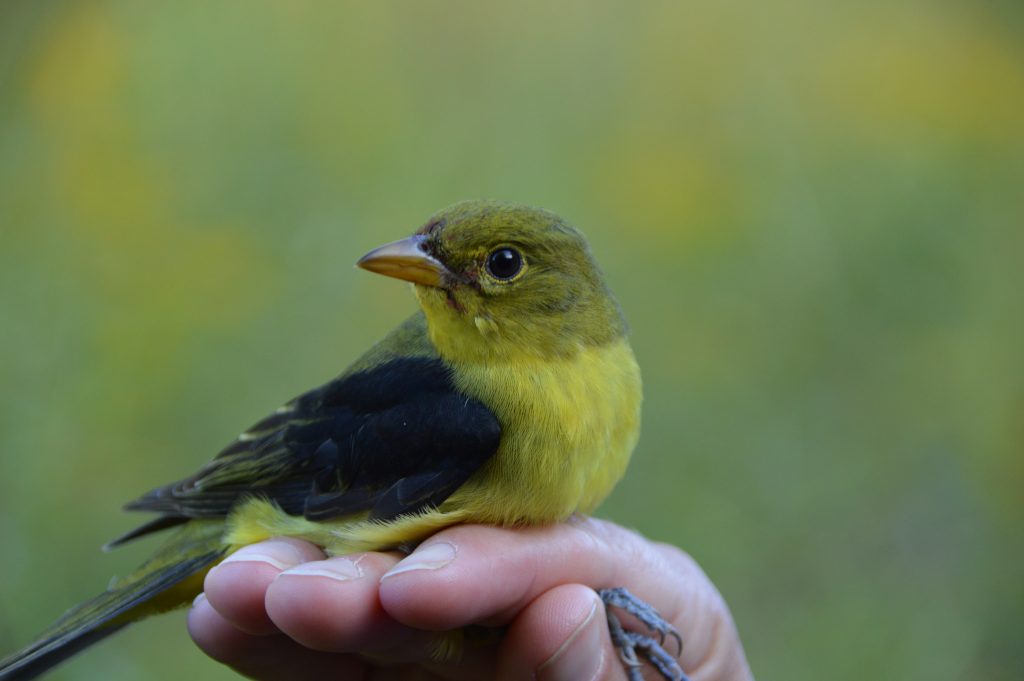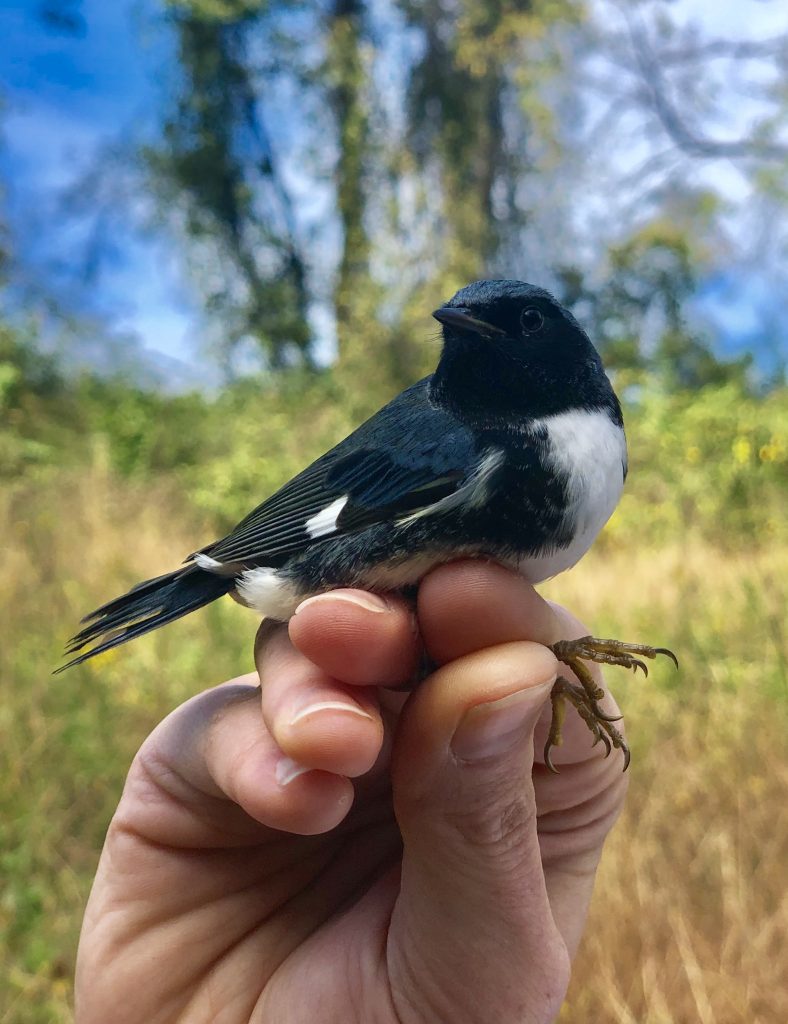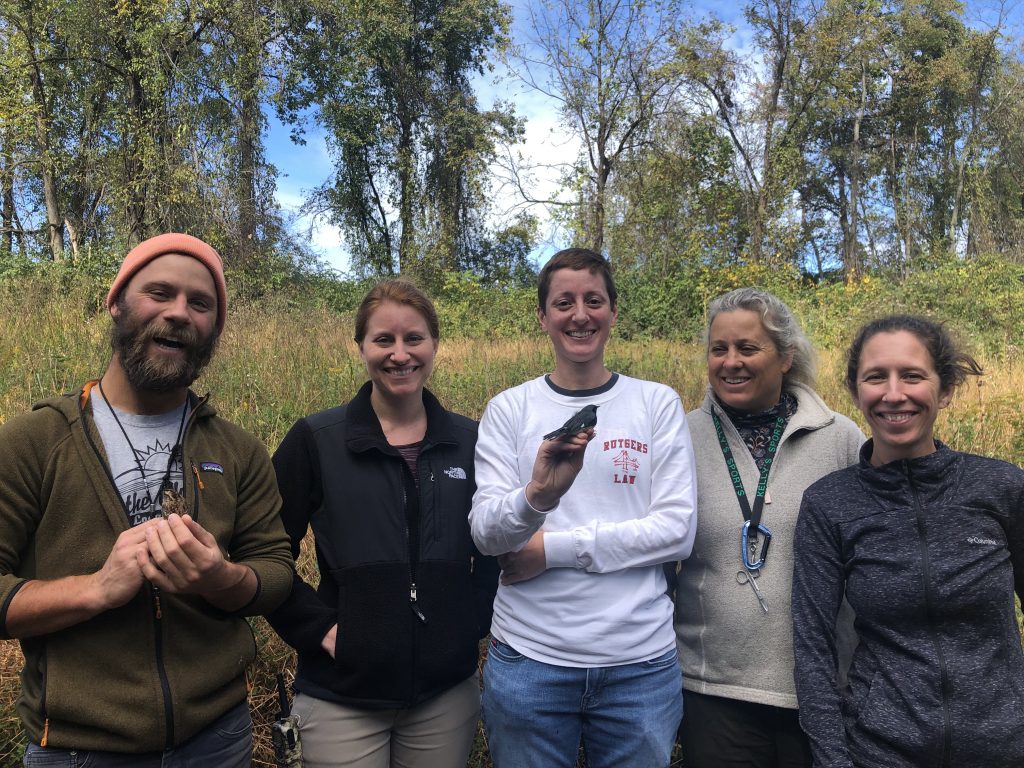Excerpt from The Wild Carrot, June 23, 2020, a weekly newsletter from staff to Rushton Farm CSA members.)
Family Planting
 |
| Last week was our first big harvest with the spring vegetables finally making an appearance. With the abundance of produce coming out of the fields I wanted to take the opportunity to have our family take the first food donation to the West Chester Food Cupboard. Lisa Kiziuk (Bird Conservation Director, UPenn Professor, College Ref, Master of All), Katerina (precocious teen), and I (happy farmer) gathered up 70lbs of fresh vegetables harvested by the tremendous Rushton Farm Staff and headed to the Cupboard to provide produce to members of our community who need it most in these uncertain times. I realized the importance of our donation when the staff at the West Chester Food Cupboard welcomed our delivery after closing hours. We were greeted with the smiling faces (behind masks) of volunteers who make sure the donated food gets to the people who rely on it. Being able to share this experience with Katerina made me understand why I became a farmer. A farmer’s primary job is to provide. Provide not just to those who can afford food, but those who cannot. Of course, you do not need to have a farm to provide food for area food banks. If you have a garden consider donating a portion of your harvest. If you do not, consider donating healthy canned goods or volunteering time at a food bank. As always, you can donate your CSA pick-up. All food left at the end of a pick-up day is donated to the West Chester Food Cupboard. I do think that it is important to share any of these efforts with your kids. My parents involved me in food donation at an early age and it has impacted me ever since. Over the past 10 years, Katerina has helped plant, harvest, and donate food and I would hope it has given her some insight into helping others. Of course, right now she is helping her friends load up the car for a trip to the shore. Seems about right for a 17 year old rising senior. We still have the rest of the summer to get her into the field and back to the food bank. I can hear her exhausted sigh from here. -Fred |
 |
 |
